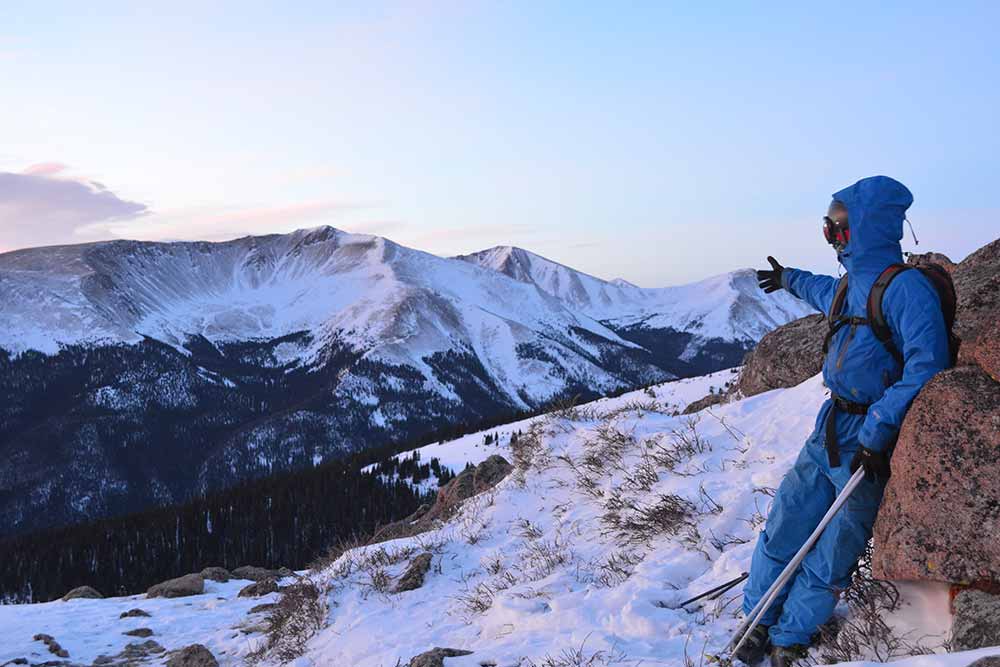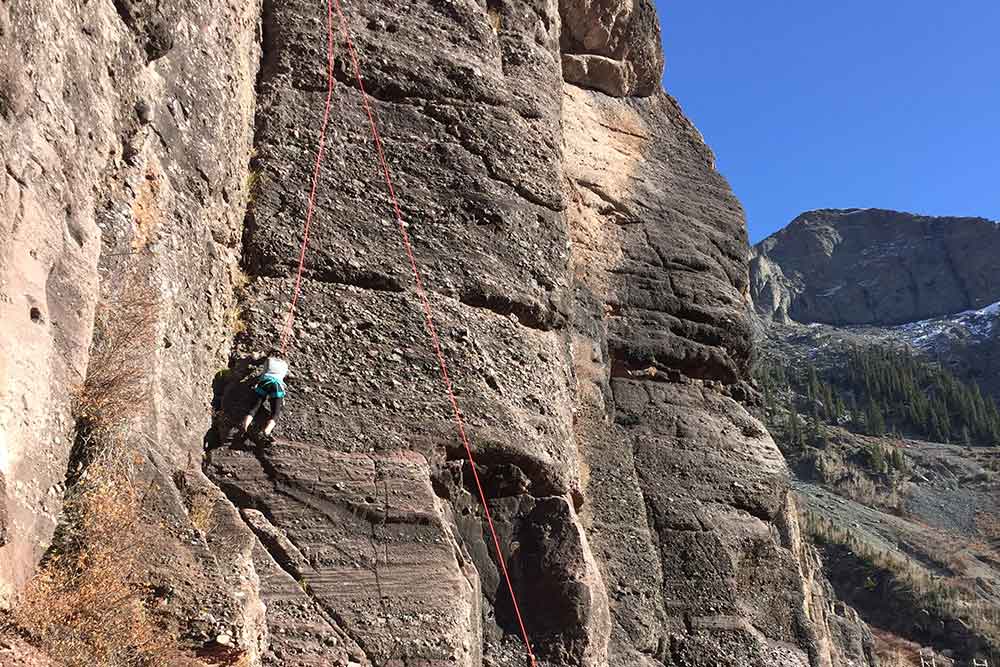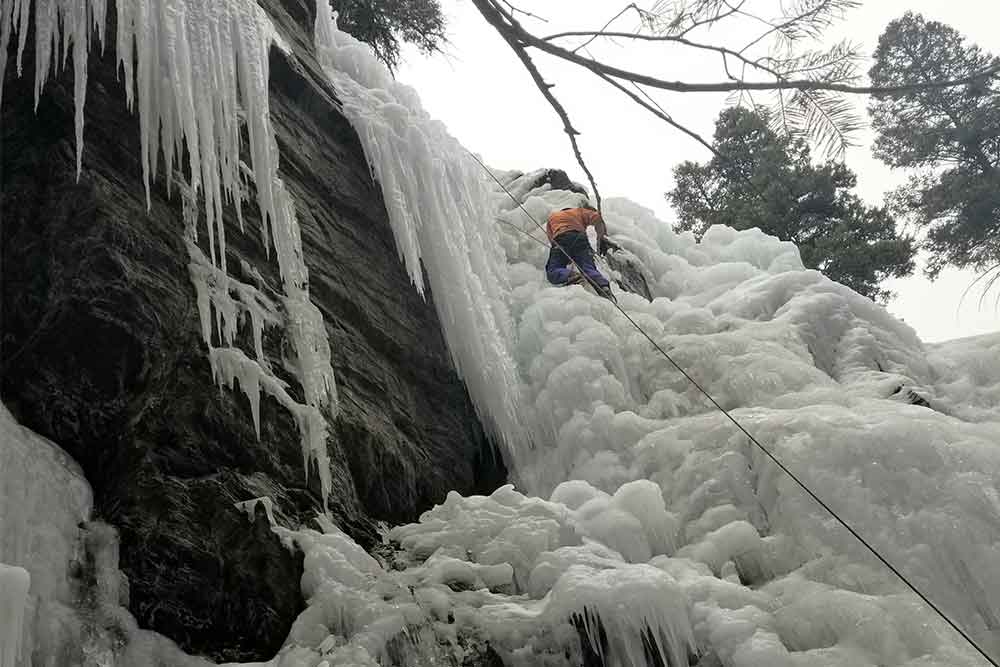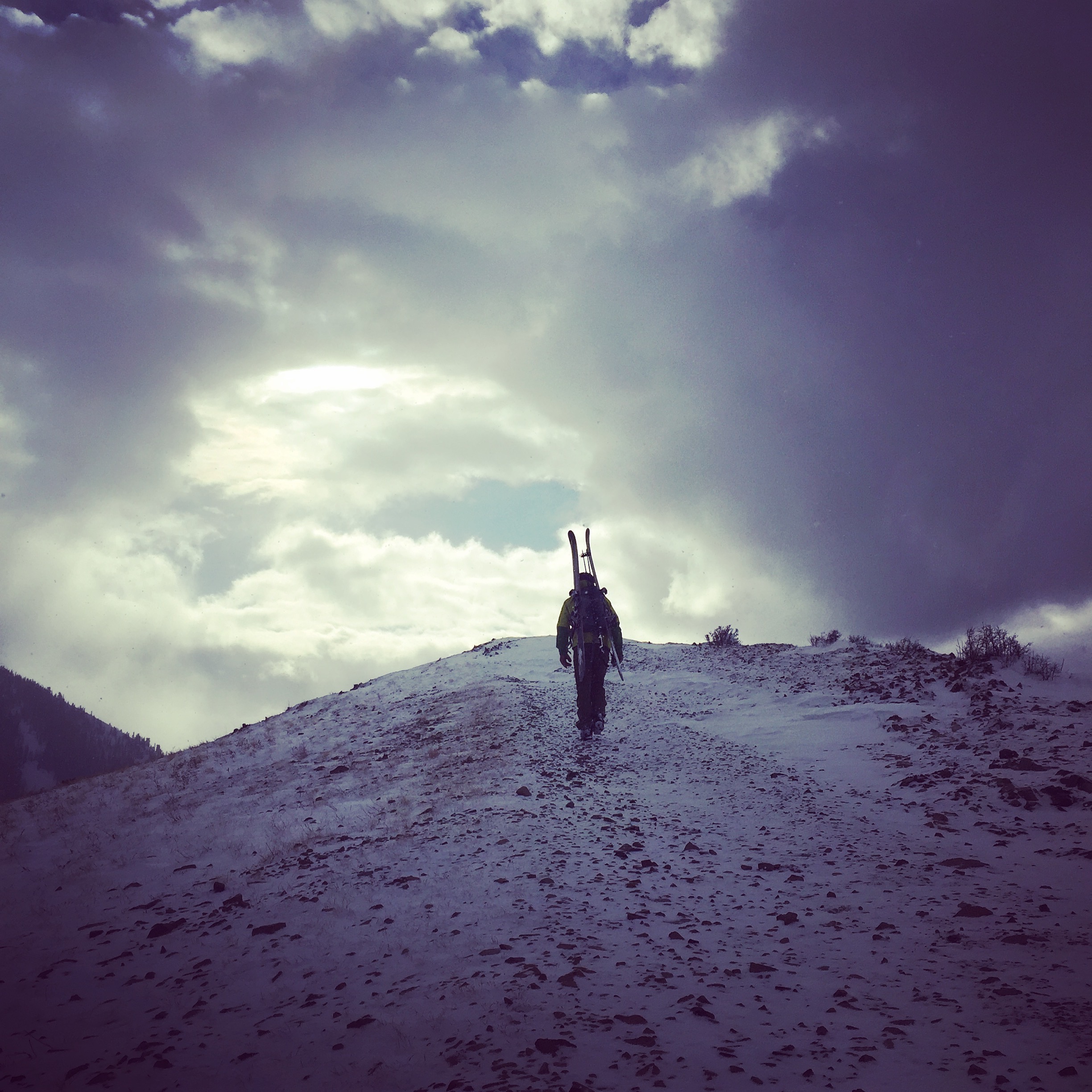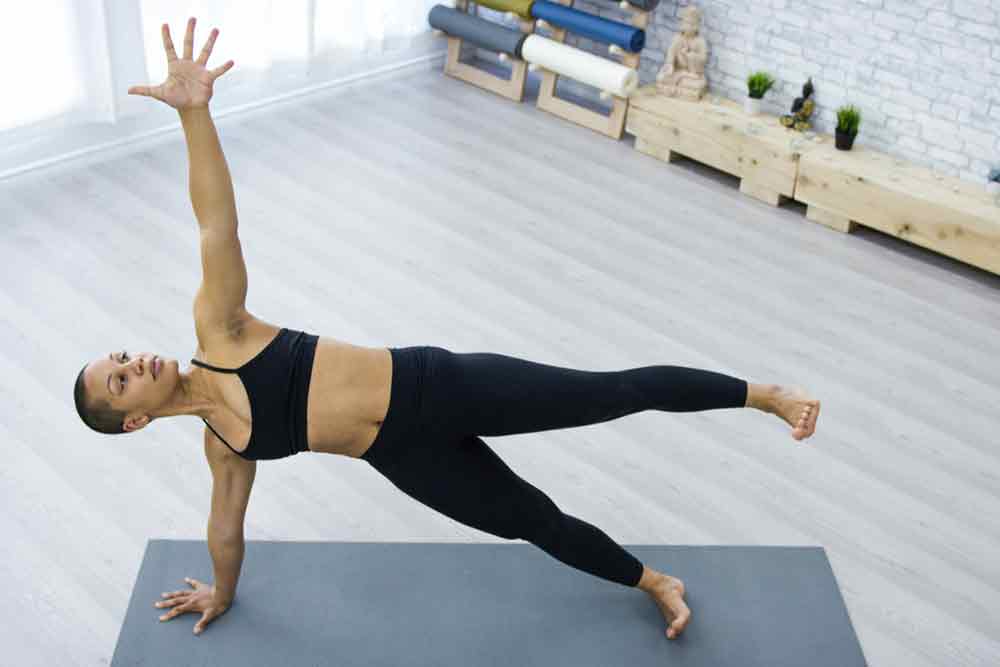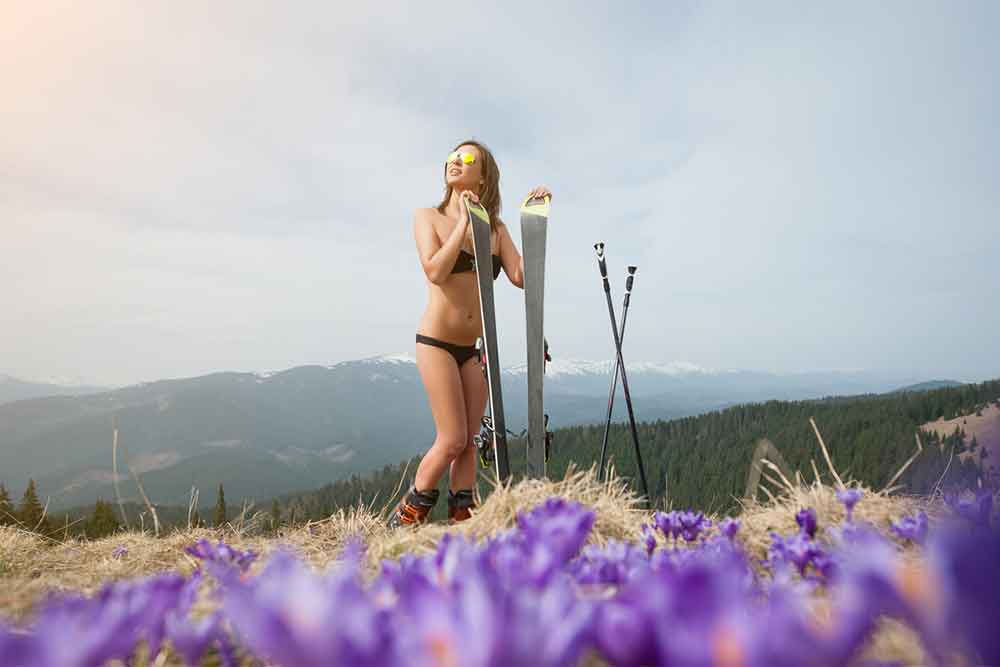Get in Shape for Backcountry Ski Touring
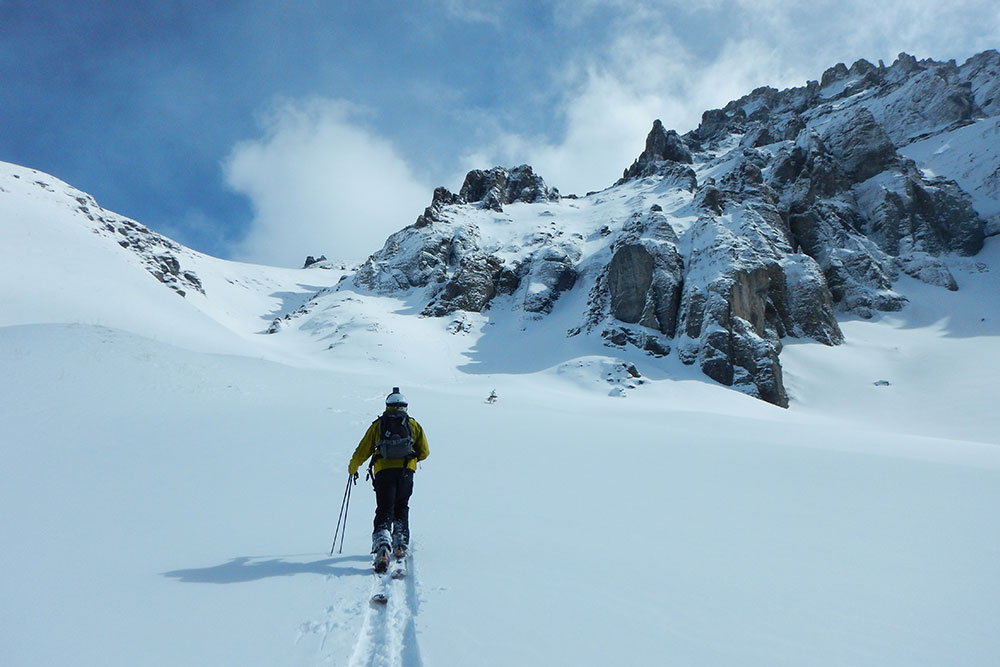
Hank Shell
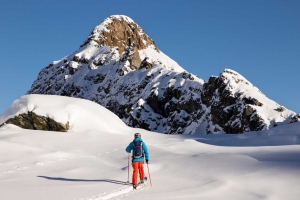 It’s been a particularly dismal couple of weeks here in Telluride, as far as skiing goes. Truth be told, the town has seen more rain than snow.
It’s been a particularly dismal couple of weeks here in Telluride, as far as skiing goes. Truth be told, the town has seen more rain than snow.
The snow, when it has fallen, has been heavy and wet at lower elevations – more typical of maritime precipitation than the “blower” powder Colorado is known for.
While spring skiing is enchanting in its own right, the premature arrival of such slushy and temperate conditions is vexing, and lately I’ve wanted nothing more than feel the gelid winds of winter biting my nose while my skis dive and dance in deep mid-winter powder.
The invitation to join a group of friends in one of the San Juans’ alpine huts for a late winter weekend of backcountry skiing has been a precious gem of anticipation of late, carrying with it the promise of sailing turns in untracked, high-altitude powder, out of reach of the muddy doldrums of this unseasonable weather.
Of course, such reveries belie the reality of backcountry skiing – with no lifts to ferry you into the clouds, getting up the mountain is the primary task at hand. Skiing down is just icing on the cake.
The lion’s share of backcountry skiing is what’s known as alpine touring or randonee (pronounced RAN-DOH-NAY) . Without the luxury of snowmobiles or helicopters, skiers use special equipment to ascend under their own power. A randonee set-up differs from your typical alpine ski set up in a few ways.
First, the binding. Alpine touring bindings are configured so as to allow the skier to free their heel from the ski when ascending. Whether a tech-pin binding, telemark binding or a hinged frame binding, such systems allow the ski to pendulum from the toe of the ski boot. This freedom of movement permits the skier to move their feet in a natural walking motion whilst the skis glide more-or-less parallel to the snow, a crucial ability when moving uphill.
But how to skis get enough traction to move upward on snow?
Skins are the second crucial component in an alpine touring kit.
With one side covered in a synthetic fur and the other coated in tacky glue, a skin is simply stuck to bottom of a ski. The ends are affixed with clips or a similar system, and what was a downhill speed demon becomes an unparalleled ascender. The directional fibers on the skin allow it to grip the snow underfoot when ascending and slide forward unfettered during short descents.
The last component is an alpine touring boot. Such boots have a hike function, usually a small switch on the back of the cuff, that toggles between a stiff cuff for skiing and free, articulating cuff for skinning.
Depending on the boot, it may also include a curved rubber sole for easy walking and/or integrated slots for use with a special touring binding.
Combine these three components, and you have perhaps the most efficient and effective method for moving upward on snow.
It’s All in the Hips
When you pay upward of $1,000 for a season pass, it’s hard to find the motivation to ski anywhere other than the resort.
I’m certainly guilty of this, so with a touring marathon in the back of my mind, I’ve adopted a light training regimen to supplement the lack of touring in my life.
Strength, endurance and flexibility are all key points of focus when choosing a touring-specific exercise regimen.
The hip flexors, a group of muscles responsible for flexing the hip joint, are a crucial target when training for skinning up hill.
Related Article: 5 Hip Exercises For Prevention and Performance
Lunges are a great exercise for targeting the hip flexors and other muscles of the leg.
The movement is fairly straightforward. Start standing with your feet shoulder-width apart.
Take a large step forward, taking care to slowly lower your rear knee toward the ground. At the low point of the movement, your knee should be near or touching the ground, and your forward leg should form a 90-degree angle, more or less.
Press off of the front foot to return to the standing position.
If you don’t perform this exercise regularly, start with “dry” lunges, or without weight. As you progress, you can start performing the exercise with a dumbbell in each hand.
Mountain-climbers are another good exercise for building strong, flexible hips. Using furniture sliding pads, paper plates or another flat, slick item, start in the push-up position with a pad under each foot.
To perform the exercise, slowly slide one knee up toward your chest. Stop when your knee is almost touching your elbow. Return to the starting position.
Perform both exercises with three to four sets of eight to twelve repetitions.
Strengthen Those Legs
The glutes, quads and hamstrings are all crucial muscles for ascending in snow. Targeting these muscles with low-weight, high-repetition exercises will help build the stamina you need to ascend thousands of vertical feet in a day.
Box step-ups are one of my favorite exercises for targeting these muscles.
The exercise is not only great for skinning and boot packing but for hiking as well.
First, you’ll need a small, sturdy box that can support your weight. I like to use a plyometric box that’s about as tall as my knees, though it does require a bit more balance work and preexisting strength to cleanly execute the movement on a taller box.
Beginners should start with something shorter, perhaps mid-shin height, before working up to a taller step-up.
Start standing directly in front of the box. Step up onto the box and slowly stand until your leg is almost straight and you’re standing atop the box.
Then, slowly bend your knee until your rear leg is back on the ground and bearing your weight.
Start with a light dumbbell in each hand and work your way up to heavier weight.
Perform three to four sets of eight to twelve repetitions.
Squats are another great exercise for strengthening the legs.
Starting with your feet slightly wider than shoulder width, slowly lower your bum toward the ground while taking care to keep your back straight and eyes up.
Once your upper leg is parallel to the ground, stand back up. You can perform this with a barbell balanced on your trapezius muscles or with a dumbbell or kettlebell held to your chest.
It’s important to focus on keeping your lower back strong during this exercise, as allowing it to round can result in injury. If using a barbell, it’s always a good idea to have a spotter.
Use a weight low enough to allow you to perform four sets of eight repetitions.
Stay flexible
Targeting the legs and hips with a thorough stretching program is crucial.
Elongating the muscles you’ll be using on the hill can help prevent injury and increase your range of movement.
The awkwardly named pigeon stretch is great for targeting the hip flexors. Start in the downward dog position, palms and knees against the floor. Lean forward, bring your right knee toward your chest and rotate your right foot inward until it’s directly under the left side of your hip. Extend the left foot backward.
Now, slowly drive the chest toward the floor
Don’t over-do it. When you feel a good stretch in the right side of your hip, hold for five to ten seconds and then release, raising the chest up from the floor.
Repeat the stretch on the left side of the hip.
Another hip stretch that I recommend, and for which I have no name, goes like this – sit on the right foot with the knee in front of you, almost as if you were sitting “Indian-style” but with only one leg. Extend the left leg behind you, knee to the ground. With the right hand planted on the ground for stability, reach behind with the left, grab your left ankle, and slowly pull the left foot toward your back.
You should feel the stretch in your quadriceps and hip.
Hold for five to ten seconds and release. Repeat on the other side.
Leg stretches are a little more self-explanatory, so I won’t go into those.
Once you’ve gained a bit of flexibility, branch out into other stretches. The runner’s stretch is another, more-advanced stretch that I recommend.
Yoga is another great way to improve flexibility and strength in the legs and hips. Focus in particular on the warrior poses.
Be sure to check out some of Fast Twitch Grandma’s other resources on hip conditioning.
A word on avalanche safety
As I mentioned in my previous article, backcountry snow sports can be dangerous. Avalanches are always a concern when skiing out of bounds.
Every backcountry skier and snowboarder should carry an avalanche transceiver, a shovel and a probe, and should know how to use them.
The American Institute for Avalanche Research and Education offers avalanche safety courses across the country every winter.
Taking such a class will give you the indispensible knowledge and experience needed to stay safe in the backcountry.
Until next time, happy trails!
You Might Like:


